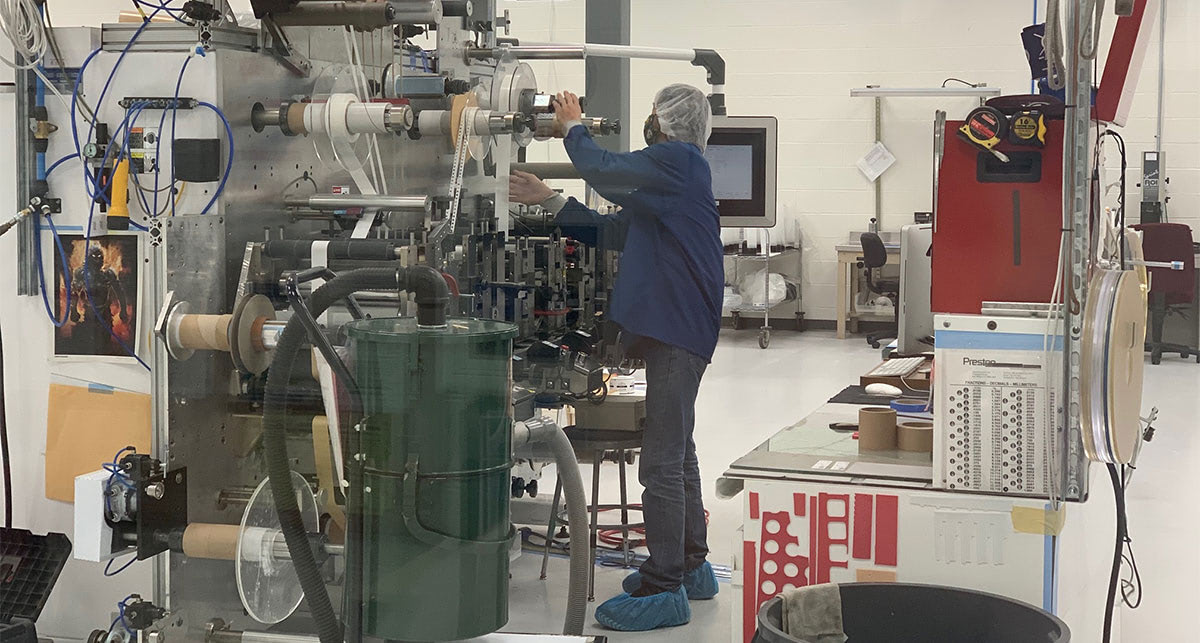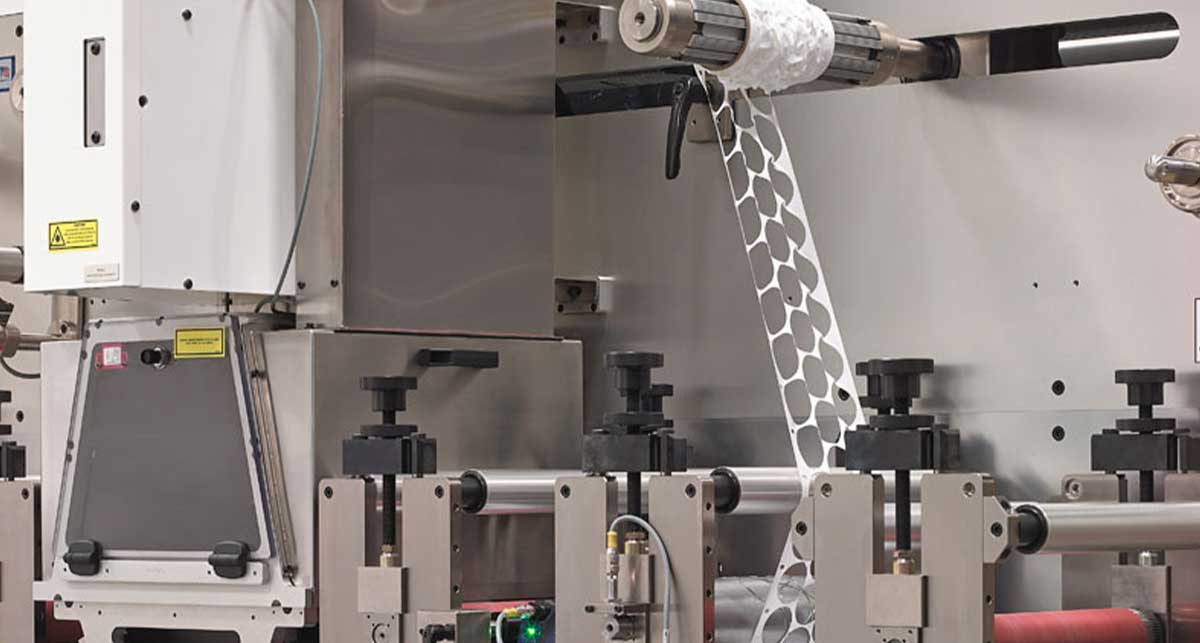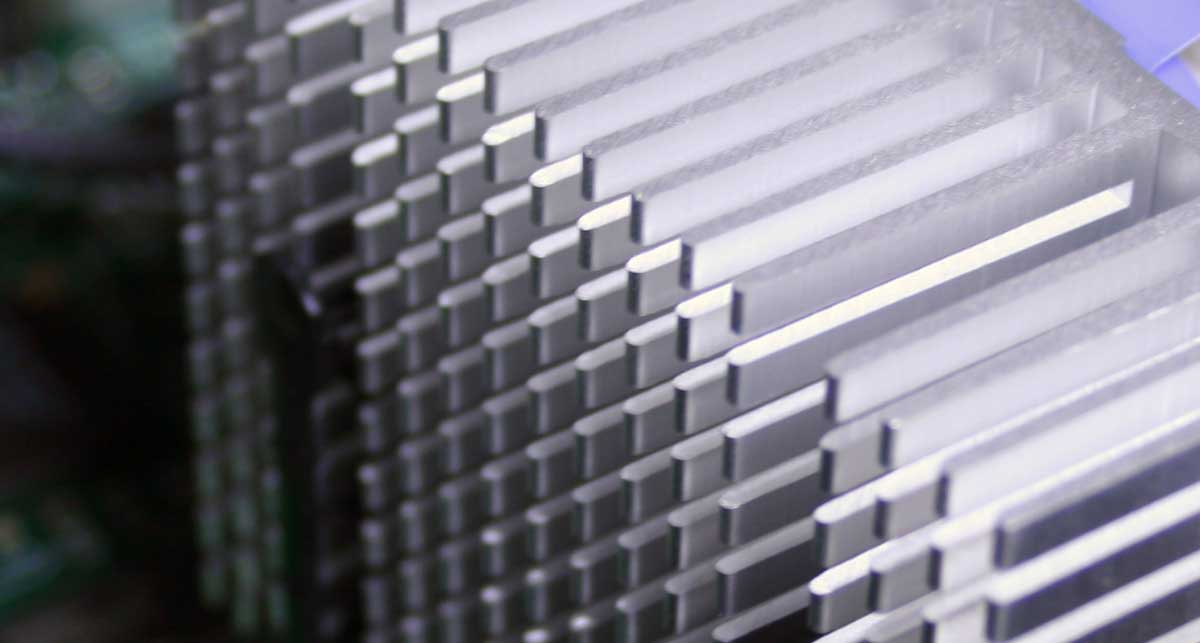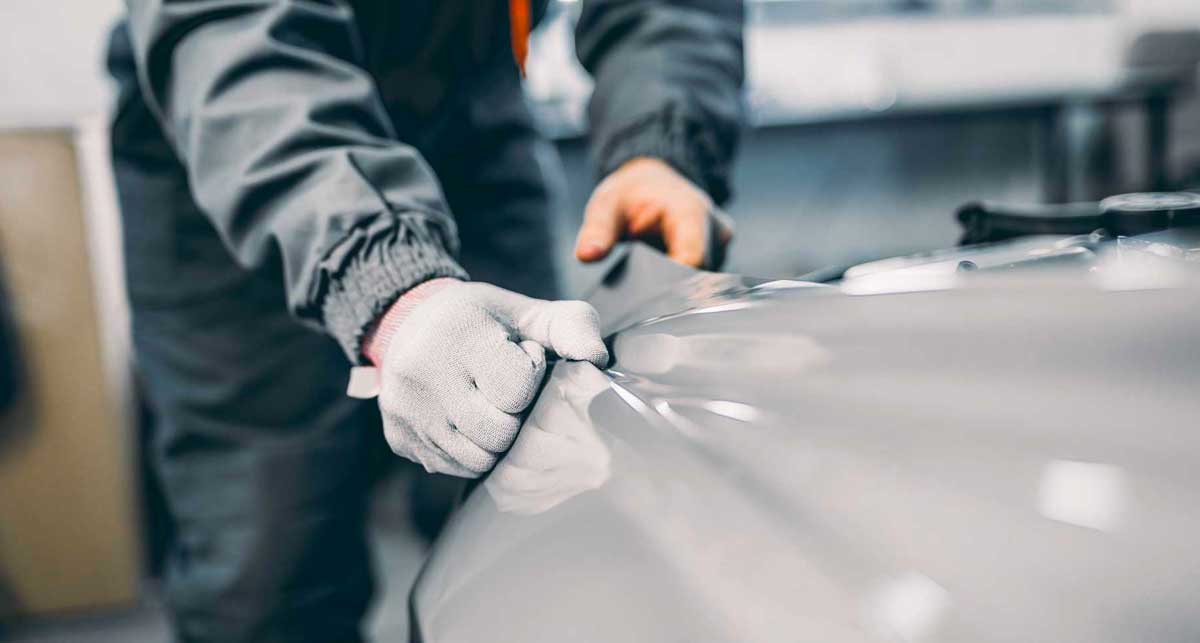What are the safest materials for constructing tiny devices to transport and protect blood or other fluid samples?
Although they’re small in size, microfluidic devices carry an enormous burden. Patients and caregivers rely on these systems for accurate point-of-care test results and crucial information as they screen for cancer, monitor blood glucose, detect pathogens, and many other critical tests.
Choosing the wrong materials for a microfluidic device runs the risk of inaccurate testing and could result in an inefficient manufacturing process, costing your company lost materials and wasted machine run time.
Strouse regularly works alongside clients throughout the microfluidic design and development process to transform design sketches into manufacturable parts. We’ve helped companies as they select the best materials for production and functionality.
To help avoid future material complications, read on to better understand which materials are best used to build microfluidic devices and other ways you can prepare for production.
What Determines Your Microfluidic Materials?
Material selection should be based on an analysis of:
- The device’s intended use
- The durability of the material
- Material cost
Above all else, your intended use will determine the type of material you need and how to manufacture it into a usable microfluidic part.
For instance, your company might opt to manufacture diagnostic microfluidic parts in an environment such as a clean room, which reduces the levels of particles and controls the humidity.
Each device’s design and application will lend itself to different materials and building processes.
Materials For Microfluidic Devices
Since their invention in the 1950s, microfluidic devices have come a long way, evolving to meet modern healthcare industry needs with accuracy, portability, and modularity. As they’ve evolved, so have the materials used to create them.
Here are what we’ve identified as primary materials when it comes to building microfluidic devices:
1. Silicon and Glass
2. Paper
3. Polymers
4. Hydrogels
#1: SILICON AND GLASS FOR MICROFLUIDICS
Silicon and glass are grouped together because they were the original materials used for microfluidic applications. For the most part, time has left these two behind, with technological advancements taking over, including new materials such as polymer substrates, composites, and paper.
Silicon is highly resistant to organic solvents, has high thermo-conductivity, and has stable electroosmotic mobility. However, its hardness makes it difficult to handle, so converting silicon can be challenging. Plus, dangerous chemicals are used during silicon fabrication, so it can be more expensive than the alternatives.
Glass is optically transparent (unlike silicon), yet it has high thermo-conductivity and stable electroosmotic mobility. As an electrically insulating material, glass has many similar drawbacks to silicon (hardness and high fabrication cost).
Typical microfluidic glass applications include on-chip reactions, droplet formation/specimen testing, and solvent extraction.
Another inorganic material that deserves a shout-out here is ceramic. Low-temperature cofired ceramic (LTCC), an aluminum oxide-based material, comes in laminate sheets and can integrate multiple circuits (sensors, heaters, electronics) in one module.
#2: POLYMERS FOR MICROFLUIDICS
Polymer-based chips were introduced after silicon/glass chips, providing tremendous flexibility in choosing the right material with specific properties.
Because of their accessibility and low cost (compared to inorganic materials), polymers are the most commonly used microchip material today.
There are three standard classifications of polymers: elastomers, thermosets, and thermoplastics.
ELASTOMERS
PDMS (polydimethylsiloxane) is the most popular material for microfabrication because it’s easy to fabricate, it bonds strongly to glass (and other substrates), it’s optically transparent, it naturally repels aqueous solutions, and it has a reasonable cost.
This rubber-like, medical-grade silicone is also known for its flow properties and flexibility to work with new applications. In general, PDMS is inert, non-toxic, and non-flammable.
THERMOSETS
Thermoset polymer chains are irreversibly bound together when cross-linked, creating high mechanical and physical strength. Thermosets are easy to craft quickly, optically transparent, and don’t melt or swell with certain solvents.
Due to the high cost of thermosets, their applications in microfluidics are limited. However, thermoset polyester (TPE) is still a widely used microfluidics material.
TPE is hydrophobic and requires surface modification via buffer additives or chemical reactions, which allows water to flow through microfluidic channels easily.
THERMOPLASTICS
Thermoplastics (PMMA, polycarbonate, polystyrene) are likely the second-most used materials in microfabrication.
Similar to thermosets, thermoplastics are highly cross-linked polymers, so they retain their shape well after cooling (soft when heated, hard when cooled). Optically clear thermoplastics can be remolded multiple times and resist the permeation of small molecules. In addition, these materials are stiffer than elastomers.
Excellent for commercial production (high rate, low cost), thermoplastics’ production process uses thermo-molding (templates in metal or silicon at high temperatures). Unlike PDMS, thermoplastics cannot create conformal contact with another surface. Depending on the application, the surface may be modified by coating or surface grafting.
- Biaxially oriented polypropylene (BOPP): offers good clarity, low autofluorescence with considerable strength and is easy to process in terms of coating, printing, and slitting. Special consideration should be given to avoid surface scratching during processing.
- Polyethylene terephthalate (PET): naturally clear with good strength. Low moisture transmission. Easy to add surface treatment. Very easy to process, coat, slit, etc. Good rigidity with lower susceptibility to plastic deformation compared to BOPP.
#3: PAPER-BASED CHIPS IN MICROFLUIDICS
One of the most recent materials used in microfluidics, flexible, biocompatible, cellulose-based paper is an intriguing microfluidic substrate for several reasons:
- Cost — As a cheap substrate, paper can easily be chemically modified through changes in composition/formulation or by using surface chemistry
- Availability — Paper is easily found around the world
- Disposability — Disposing of paper is as easy as burning or by natural degradation
- Porousness — Paper’s structure allows for a combination of flow, filtering, and separation; its capillary action pulls solutions through a device
- Visibility — The paper’s white background provides contrast for color-based detection
You’re probably thinking, great! What’s the downside? Well, because of its weak mechanical properties, paper can only be used for a limited number of applications. It can also be challenging to get intricate details onto a chip using paper.
#4: HYDROGEL FOR MICROFLUIDICS
More and more, microfluidics are involved in biological research and biomimicking.
Hydrogels are used to study micro-cultures and serve as cell support for various applications because they resemble the extracellular matrix. Unlike PDMS devices that study tissue-level cell culture, hydrogel devices are mostly cell-related.
Hydrogels can be built to include microchannels, which deliver solutions, cells, etc. Hydrogels are highly porous, and the pore sizes can be controlled to allow small molecules to diffuse through.
Non-toxic to cells, hydrogel easily allows for feature designs and sizes to be molded onto it. However, because of their low strength, hydrogel microfabrication can only support a micrometer scale compared to other polymers on the nanometer scale.
The advantages of hydrogel include its cost and commercial accessibility. Also, hydrogels can be molded from masters that consist of almost any material that’s insoluble in water. However, bonding is challenging because hydrogels usually don’t stick with contact alone.
Microfluidic Device Fabrication: Next Steps
So, you’re working on a microfluidic device, and now you’ve got a list of materials dropped into your lap. What’s next?
A working list of materials isn’t the only thing you need to achieve microfluidic device success. While you do need to use trusted materials to construct your microfluidics devices for consistent and reliable performance, it’s important to have a reliable partnership to lean on.
Consider reaching out to get a sample and discuss the manufacturability of your design and chosen materials.
Converting expertise in medical and healthcare manufacturing should be at the top of your “must have” list. Better yet, experience converting the microfluidic parts you need. If you want to learn more about how Strouse can help you with your medical assembly, contact us.
Originally published: September 17, 2020
.jpeg?width=290&name=0%20(1).jpeg)







